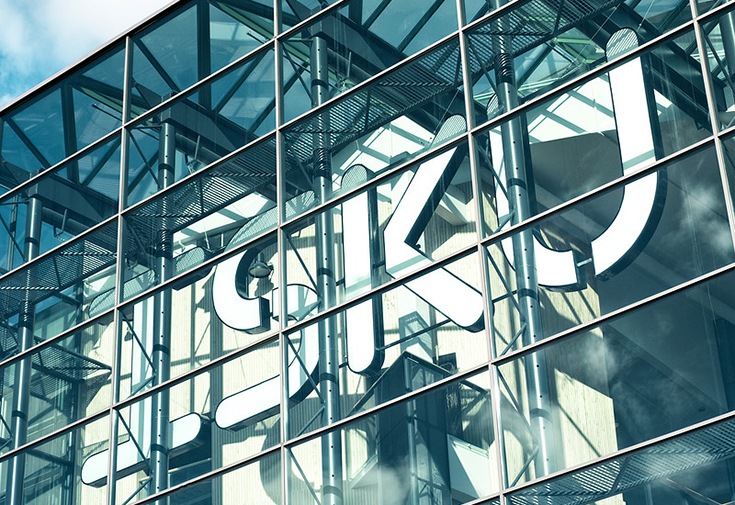In today’s fast-paced world, maintaining a healthy environment in schools and workplaces is crucial for reducing absences. Antimicrobial surfaces play a significant role in this endeavour by actively reducing the presence of harmful microbes on frequently touched surfaces. By incorporating these surfaces into everyday environments, we can significantly decrease the spread of infections, leading to fewer sick days and improved overall productivity. This article delves into how antimicrobial surfaces contribute to reducing absences, the materials used in their production, their cost-effectiveness, and how ISKU solutions can seamlessly integrate with existing infrastructure.
How do antimicrobial surfaces work in reducing absences?
Antimicrobial surfaces are designed to inhibit the growth and spread of microorganisms, including bacteria, viruses, and fungi. These surfaces are treated with antimicrobial agents that disrupt the cellular processes of microbes, effectively reducing their ability to survive and multiply. By minimising the microbial load on surfaces, the risk of transmission of infections is significantly lowered, leading to fewer instances of illness among students and employees.
In environments such as schools and offices, where people frequently come into contact with shared surfaces, the potential for germ transmission is high. Antimicrobial surfaces act as a barrier, preventing the spread of pathogens and thereby reducing the likelihood of outbreaks. This proactive approach to hygiene not only helps in maintaining a healthier environment but also contributes to reducing absences caused by illness.
Moreover, antimicrobial surfaces are particularly effective in high-touch areas such as door handles, desks, and communal equipment. By incorporating these surfaces into the design of educational and workplace settings, we can create a safer and more hygienic environment, ultimately leading to improved attendance and productivity.
What materials are used in antimicrobial surfaces?
Antimicrobial surfaces are crafted using a variety of materials, each chosen for its specific properties and effectiveness in inhibiting microbial growth. Common materials, such as silver, have inherent antimicrobial properties.
Silver is often used in coatings and treatments for surfaces. It works by releasing ions that interfere with the cellular processes of bacteria and viruses, rendering them inactive. Polymers infused with antimicrobial agents are also widely used, offering flexibility and durability in various applications.
These materials are integrated into surfaces through various methods, such as coatings, laminates, or direct incorporation into the material itself. The choice of material and method depends on the specific requirements of the environment and the level of antimicrobial protection needed.
Are antimicrobial surfaces cost-effective for schools and offices?
Investing in antimicrobial surfaces can be a cost-effective solution for schools and offices aiming to reduce absences and improve overall health. While the initial cost of implementing these surfaces may be higher than traditional materials, the long-term benefits often outweigh the expenses. By reducing the spread of infections, organisations can save on costs associated with sick leave, healthcare, and lost productivity.
Furthermore, the durability and longevity of antimicrobial surfaces mean that they require less frequent replacement and maintenance, leading to additional savings over time. In educational settings, where budgets are often tight, the reduction in absenteeism can translate into better learning outcomes and a more efficient use of resources.
For businesses, the improved health of employees can lead to increased productivity and a more positive work environment. By investing in antimicrobial surfaces, organisations demonstrate a commitment to the well-being of their staff and students, which can enhance reputation and employee satisfaction.
How can ISKU solutions integrate with existing infrastructure?
ISKU offers a range of hygiene solutions that can seamlessly integrate with existing infrastructure in schools and offices. Our antimicrobial surfaces are designed to be compatible with a variety of settings, ensuring that they can be easily incorporated into current designs without the need for extensive modifications.
Our solutions are versatile and can be customised to meet the specific needs of each environment. Whether it’s retrofitting existing furniture with antimicrobial coatings or incorporating new pieces into a space, ISKU provides flexible options that align with the aesthetic and functional requirements of any setting.
By working closely with clients, we ensure that our antimicrobial solutions are implemented effectively, maximising their impact on reducing absences and enhancing workplace health. Our commitment to quality and sustainability means that our products not only contribute to a healthier environment but also align with broader goals of responsible and ethical production.


